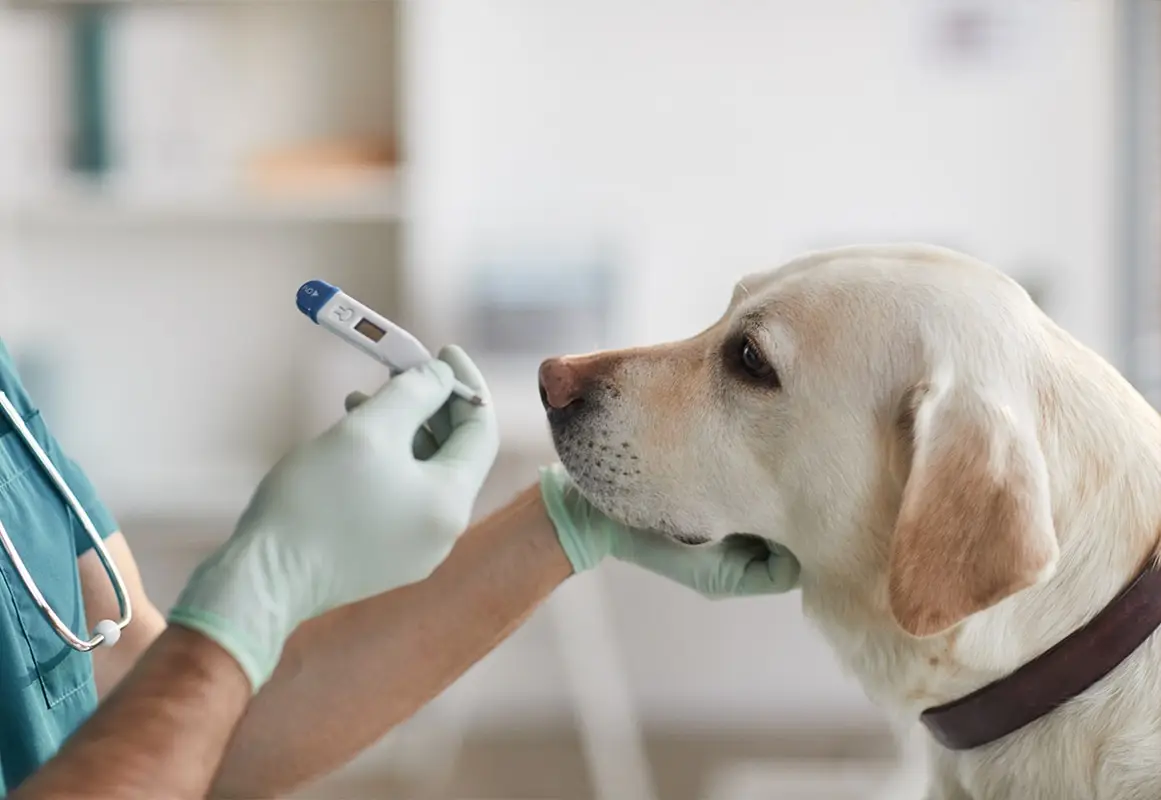Our pets are more than just furry companions; they are cherished members of our families. As responsible pet owners, it’s crucial to be prepared for unexpected accidents or medical emergencies that may arise. Just as knowing first-aid for humans can save lives, having a basic understanding of pet first-aid can make a world of difference for our beloved furry friends. In this blog, we’ll explore first-aid tips for pet owners so you can be the hero for your four-legged companion.
1. Familiarize Yourself with Your Pet’s Normal Vital Signs
Knowing your pet’s baseline vital signs is crucial for recognizing when something is amiss. Regularly check your pet’s heart rate, respiration rate, and body temperature when they are calm and relaxed. Consult your veterinarian to learn the typical range for your pet’s breed and size.
2. Create a Pet First-Aid Kit
Having a well-equipped first-aid kit readily available can save precious time during emergencies. Your pet first-aid kit should include:
- Gauze pads and bandages for wrapping wounds.
- Adhesive tape for securing dressings.
- Antiseptic wipes or solution for cleaning wounds.
- Scissors and tweezers for removing debris or cutting bandages.
- Digital thermometer to check your pet’s temperature.
- Eye dropper or syringe for administering oral medications or liquids.
- Pet-friendly antihistamine for mild allergic reactions (consult your vet for appropriate dosage).
- Styptic powder to stop bleeding from minor cuts or broken nails.
- Contact information for your veterinarian and the nearest emergency animal hospital.
- A leash and muzzle (in case your pet becomes agitated or aggressive due to pain).
3. Approach with Caution
Even the friendliest pets may act defensively when injured or in pain. Approach your pet with caution and speak to them gently to avoid startling or escalating their distress.
4. Wounds and Bleeding
If your pet has a wound, start by gently cleaning it with antiseptic wipes or solution. Apply pressure to control any bleeding and cover the wound with gauze before securing it with bandages. Seek veterinary attention for deep or puncture wounds.
5. Fractures and Sprains
If you suspect your pet has a broken bone or sprain, keep them as still and calm as possible. Use a makeshift splint (e.g., a rolled-up magazine or cardboard) to immobilize the injured limb before transporting them to the vet.
6. Choking
If your pet is choking, try to remove the object causing the blockage with your fingers, but be cautious not to push it further. If unsuccessful, perform the Heimlich maneuver for pets or seek immediate veterinary assistance.
7. Heatstroke
Heatstroke is a serious and potentially life-threatening condition. Move your pet to a cooler area, apply cool (not cold) water to their body, especially their paw pads and head, and seek immediate veterinary help.
8. Poisoning
If you suspect your pet has ingested something toxic, contact your veterinarian or a pet poison control hotline immediately. Do not induce vomiting without professional guidance.
9. Seizures
During a seizure, clear the area around your pet to prevent injury. Do not attempt to restrain them, and time the duration of the seizure. Contact your veterinarian if the seizure lasts more than a few minutes or if your pet experiences multiple seizures in a short period.
10. Transporting Injured Pets
When transporting an injured pet, keep them as stable and comfortable as possible. Use a carrier or a makeshift stretcher to prevent further injuries during transit.
Remember
While knowing first-aid tips can be invaluable during an emergency, it is no substitute for professional veterinary care. Always seek immediate veterinary attention for serious or life-threatening situations. Additionally, consider taking a pet first-aid and CPR course to gain hands-on training and a deeper understanding of how to care for your pet in emergencies.
Being a hero for your pet means being prepared and knowledgeable. By having a pet first-aid kit on hand, knowing basic first-aid techniques, and acting swiftly when emergencies arise, you can be your pet’s first line of defense and give them the best chance for a speedy recovery. Your four-legged friend will thank you with tail wags and endless love for your care and attention!




